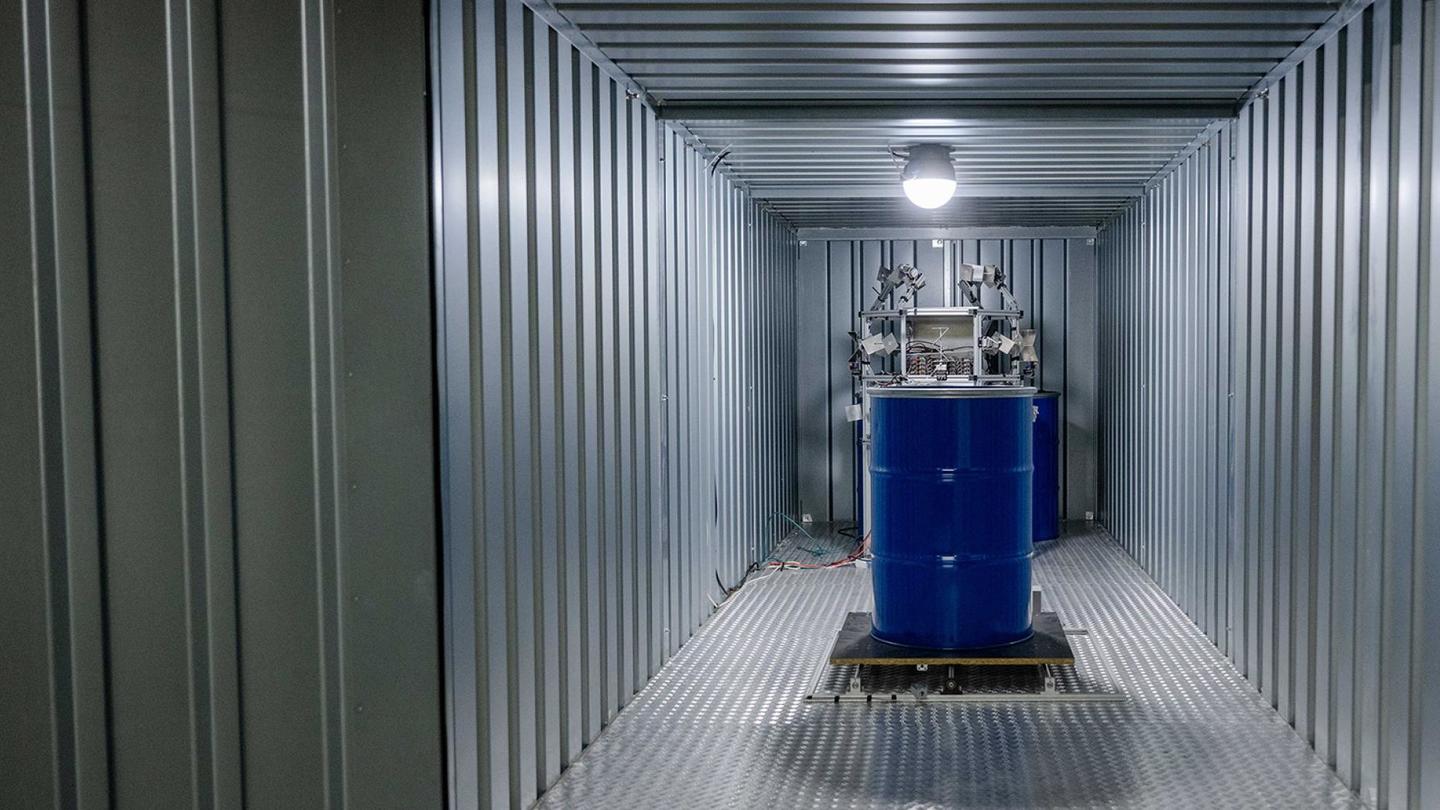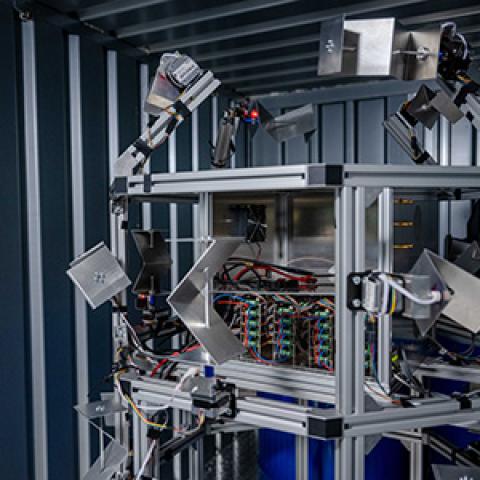Monitoring Nuclear Weapons Stockpiles With Radio Waves

Monitoring whether states are complying with nuclear disarmament treaties is not an easy task. An international team that includes a pair SPIA researchers has been exploring remote monitoring with the help of two antennas and a couple of mirrors.
The team, comprising IT security experts, developed a mechanism that uses radio waves to remotely monitor whether any changes are being made in a specific room – such as one used to store warheads. In a paper in Nature Communications two weeks ago, the researchers, from the Max Planck Institute for Security and Privacy in Bochum, Ruhr University Bochum, the University of Connecticut, Harvard University, PHYSEC GmbH, and Technische Universität Berlin, along with SPIA, describe how robust and secure this approach is.

The researchers envisioned a scenario in which State A wants to ensure that there are no changes in State B’s nuclear weapons stockpile – and to do so without permanent on-site monitoring.
“Seventy percent of the world’s nuclear weapons are kept in storage for military reserve or are awaiting dismantlement,” said Sebastien Philippe, an associate research scholars with SPIA’s Program on Science and Global Security. “The presence and number of such weapons at any given site cannot be verified easily via satellite imagery or other means that are unable to see into the storage vaults. Because of the difficulties to monitor them, these 9,000 nuclear weapons are not accounted for under existing nuclear arms control agreements.”
The removal of stored warheads raises the significant threat that they are being prepared for deployment. In the approach described in the paper, two antennas are used to record a radio fingerprint of the room where the weapons are being stored. One emits a radio signal that is reflected off the walls and objects in the room; the other records the signal. If an object in the room is moved even minimally, the radio fingerprint is noticeably changed. Major changes, such as the removal of a stored nuclear warhead, can thus be reliably detected.
However, the method works only if State B sends the radio fingerprint at precisely the time when state A requests it. It’s therefore necessary to prevent State B from recording the radio fingerprint and sending the recording instead of a just-measured signal. To prevent this, 20 rotating mirrors are initially installed in the room that is to be monitored. If the position of the mirrors changes, the radio fingerprint also changes. State A would record the radio fingerprints for different mirror positions during a one-time on-site visit and store them in a secret database. Periodically, State A could remotely request State B to send the radio fingerprint for a particular mirror position – and compare the measured data with the record in their secret database. If the data don’t match, there must have been a change in the room.
“This new verification technology addresses a long-standing challenge and contributes to future diplomatic efforts that would seek to limit all nuclear weapon types,” Philippe said.

To test the idea, the researchers set up a container with movable barrels on the campus of Ruhr University Bochum, Germany, which they monitored using radio wave technology. They found that radio fingerprints could be reliably reproduced for individual mirror settings, and that different mirror settings also produced a variety of easily distinguishable radio fingerprints. If the researchers moved one of the barrels in the container, just a few millimeters of displacement were enough to show up in the radio fingerprint.
The team also analyzed whether it’s possible to decipher how mirror positions and radio fingerprints correspond to each other using machine learning. Algorithms can indeed predict radio fingerprints if they recognize a number of mirror positions and the corresponding radio signals. Finding the connection, however, takes longer the more mirrors there are in the setup.
“At a time of heightened geopolitical tensions and with a new nuclear arms race brewing, this work is particularly timely and relevant,” said Philippe.
Alexander Glaser, associate professor of mechanical and aerospace engineering and international affairs and co-director of SGS, was SPIA’s other representative on the research team.
